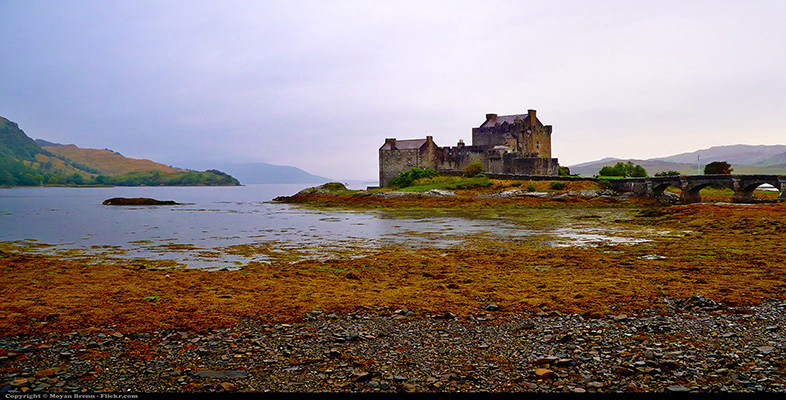3.1 Autonomy and modernity
Broadly speaking, there are two different ways of thinking about modern art, or two different versions of the story. One way is to view art as something that can be practised (and thought of) as an activity radically separate from everyday life or worldly concerns. From this point of view, art is said to be ‘autonomous’ from society – that is, it is believed to be self-sustaining and self-referring. One particularly influential version of this story suggests that modern art should be viewed as a process by which features extraneous to a particular branch of art would be progressively eliminated, and painters or sculptors would come to concentrate on problems specific to their domain. Another way of thinking about modern art is to view it as responding to the modern world, and to see modern artists immersing themselves in the conflicts and challenges of society. That is to say, some modern artists sought ways of conveying the changing experiences generated in Europe by the twin processes of commercialisation (the commodification of everyday life) and urbanisation. From this point of view, modern art is a way of reflecting on the transformations that created what we call, in a sort of shorthand, ‘modernity’.
